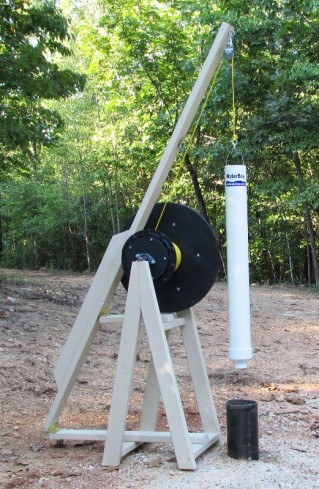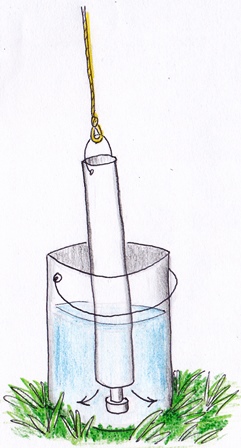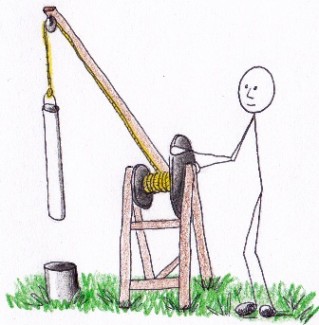As if the threats of war, terrorism, economic collapse, natural and man-made catastrophes, plagues, solar flares and EMPs are not enough to consider, we now have a decline in fresh water — another critical thing to prepare for. As the national news continually warns us, water tables are dropping in many parts of the United States, not only seasonally anymore, but for long periods.
Having enough fresh water
The U.S. Census Bureau estimates the U.S. population will increase by approximately 29 percent between 2000 and 2030, and the western and southern regions are projected to experience the greatest growth (more than 40 percent) during this time. With such tremendous population expansion, fresh water becomes increasingly scarce. The bureau predicts water shortages in nearly all states. Below is a 2014 U.S. Government Accountability Office map depicting anticipated water shortages over the next decade: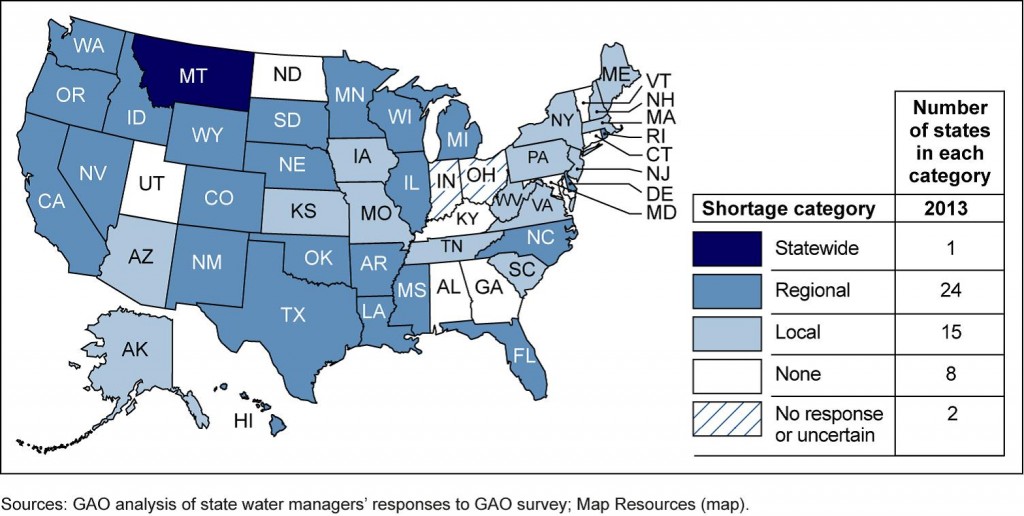
As population grows, droughts continue, fresh water declines and water tables drop, more wells are drilled (the National Groundwater Association reports 800,000 holes bored annually), putting more strain on freshwater supplies.
When the water table drops below the submersible pump in a well, many people face desperate situations without water. Often, a professional pump installer must be contracted to lower the submersible pump to reach water. In some cases, the well must be drilled deeper to access water with an electric pump. Another complication is having to wait for a well professional to remedy the problem. In some areas the waiting list can be as long as 8 months. Meanwhile, no water can be pumped.
On our road to self-sufficiency, twice we learned firsthand the consequences of the water table dropping below the depth of our pump. Even though we had electricity, it was useless. On one occasion, while we repaired our well, we depended on a neighbor for water. What would have helped us — and kept us self-reliant while we fixed the problem — was a simple well bucket.
Our main backup water supply system is now a deep well manual pump. Still, if the water table drops again below our pump, we have our trusty well bucket to get water.
Why have a well bucket?
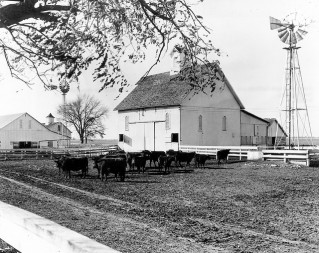 Private wells supply 13.2 million occupied American households with water, according to a 2010 report by the National Groundwater Association. In most wells, electricity powers a pump submerged in the well to bring water to the surface. Without power, of course, water cannot be pumped. A simple well bucket can sustain a family until the power comes back on.
Private wells supply 13.2 million occupied American households with water, according to a 2010 report by the National Groundwater Association. In most wells, electricity powers a pump submerged in the well to bring water to the surface. Without power, of course, water cannot be pumped. A simple well bucket can sustain a family until the power comes back on.
Even if you’re generating your own power (with solar or wind, for example) to operate a submersible well pump, those systems can fail – temporarily or permanently. Ice, snow, wind and lightning can damage electric components, rendering systems inoperable.
And, although you may have a reliable hand pump, something may happen.
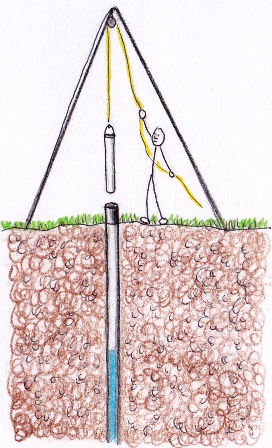 A well bucket, also known as a torpedo or cylinder bucket, is the simplest, least expensive way to get water from a well without power. As the name implies, a well bucket is simply a long, skinny bucket that can be lowered into the narrow confines of a well casing to bring water to the surface.
A well bucket, also known as a torpedo or cylinder bucket, is the simplest, least expensive way to get water from a well without power. As the name implies, a well bucket is simply a long, skinny bucket that can be lowered into the narrow confines of a well casing to bring water to the surface.
How Well Buckets Work
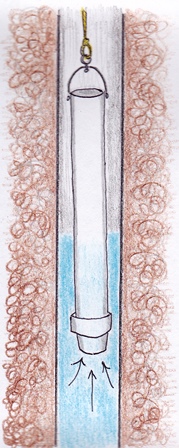 We refer to well buckets as “inexpensive insurance” for water without electricity. There is no limit to the depth a well bucket can be used. However, for greater depths, it is easier to use a tripod or windlass to raise and lower the bucket.
We refer to well buckets as “inexpensive insurance” for water without electricity. There is no limit to the depth a well bucket can be used. However, for greater depths, it is easier to use a tripod or windlass to raise and lower the bucket.
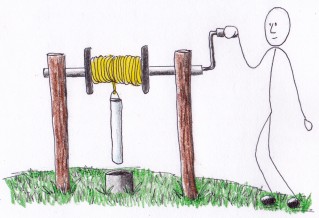 Several styles of buckets are available commercially, and homemade versions abound on the Internet. Most include some sort of one-way valve on the bottom that holds the water in the bucket until it is hoisted to the surface. The water enters the bucket through the bottom valve.
Several styles of buckets are available commercially, and homemade versions abound on the Internet. Most include some sort of one-way valve on the bottom that holds the water in the bucket until it is hoisted to the surface. The water enters the bucket through the bottom valve.
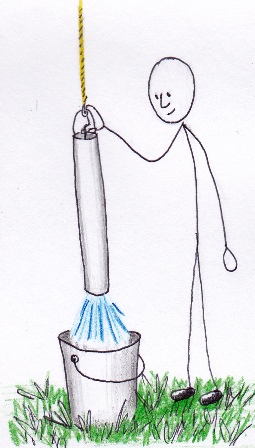 The best bucket design enables users to empty the bucket by pulling a lever at the bucket top.
The best bucket design enables users to empty the bucket by pulling a lever at the bucket top.
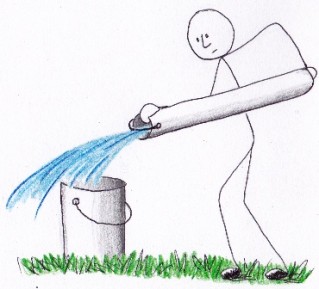 By comparison, buckets that pour out from the top are difficult to manage. Remember, water is heavy (about 8 pounds per gallon) and liquid. Aiming for a pail to empty the well bucket into usually results in overshooting the pail and wasting much of the water.
By comparison, buckets that pour out from the top are difficult to manage. Remember, water is heavy (about 8 pounds per gallon) and liquid. Aiming for a pail to empty the well bucket into usually results in overshooting the pail and wasting much of the water.
Another common homemade bucket type includes an extension on the bottom of the valve that must be pushed up to discharge the water. This works well if the full bucket is lifted onto a device to push up the valve, draining the water into a pail or irrigation trench. However, if the bucket is simply set down in a pail to discharge the water, the volume in the bucket and pail will equalize, not allowing all of the water to be released. The remainder must be poured out of the top.
WaterBoy Well Buckets and Related Equipment
For more information about well buckets, tripod kits please see our products page. Have the water you need — without electricity from any depth.
©2017 Well WaterBoy Products LLC ♦ WaterBuck Pump™ ♦ Pedal Powered PTO™ 
